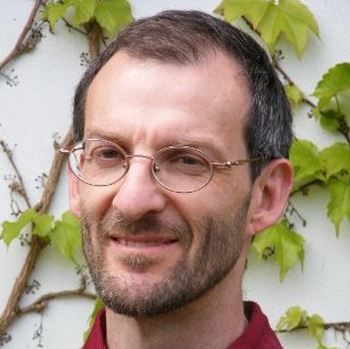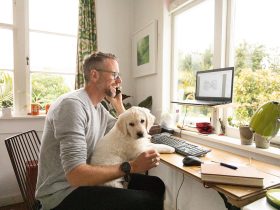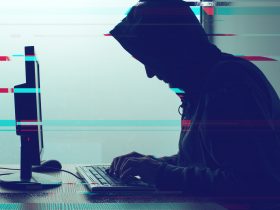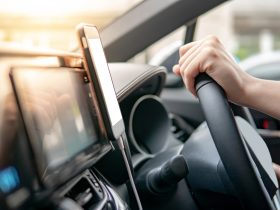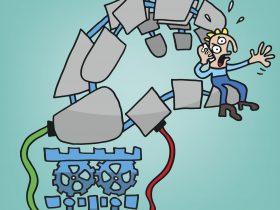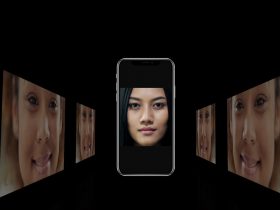It’s not just the big boys (state security services or Silicon Valley giants) that can have an effective facial recognition system – as a creative DIYer, you can get it for less than a hundred dollars. And at least in the USA … it is legal.
That’s an exceptionally bad news for any privacy minded individual. One can reasonably assume that a any state security entity – in the USA, China, Russia, for example – would have the deep pockets and technical resources needed to create such a system. After all, a system for simply pulling together all of your online and social media activities has already existed for years in the USA. Currently, China already has one surveillance camera for each seven inhabitants.
What? Privacy in public?
Usually, we assume that our public meanderings are private. Sure, Google is following ,us, but that is via a device in our pocket which we can theoretically turn off or on as desired. And the police have to ask nicely to get the details out of the Google Sensorvault. Apart from that, we’re fine, right? Well no, and that is the point of the NYTimes Privacy Project article. You are likely being filmed multiple times during the average week with no recourse, at least in the USA, over what is being done with these images.
First we’ll take Manhattan
This DIY project took place in Bryant Park, in midtown Manhattan, New York City. Theere were three primary steps to the project. First, the researchers simply tapped the feeds of three cameras in the park, capturing the images of around 2,700 people over a nine hour period. Second, they built up a database of people that worked in the area, primarily using pictures from publicly available company websites. Third, they ran these images through Rekognition, the Amazon facial recognition system which is available for about anyone with a credit card to use.
Results might surprise, but they should shock
Researchers managed to detected 2,750 faces during the period and come back with several positive identifications. The most interesting one – which is featured in the article – was of Richard Madonna, a SUNY College of Optometry professor. The blurry shot of the side of his head scored a 89% similarity score. Oh yes, this project was pulled together over a couple days with an out-of-pocket cost of about $60.
Extrapolate out those cameras
The project just used 3 cameras. Elsewhere in this part of Manhattan, the police have access to another 9,000 cameras according to the ACLU. And, maybe a whole lot more if the 3,000 cameras on the city’s free internet kiosks are added into the picture.
New York City is already using a network of cameras, license plate readers, and other sensors in a Domain Awareness System developed together with Microsoft. And, they aren’t speaking openly about this system’s use of facial recognition features.
Yes for facial recognition providers, maybe for regulations
Big names providers of facial recognition software include Amazon, Apple, Google, and Microsoft. On the social media side, Facebook is also working on it. There is a long list of companies wanting to provide such technology. That said, the regulatory aspect is still weak. In the USA, there is virtually no regulation of this technology. In the EU, biometric data like this is considered a “sensitive” category of personal information, and should get protection of some sort. How that works out in practice … we’ll see.
When you go out – smile. According to Georgetown University research, if you are an adult in America, there is a 50% chance you are already in law enforcement facial recognition database.






